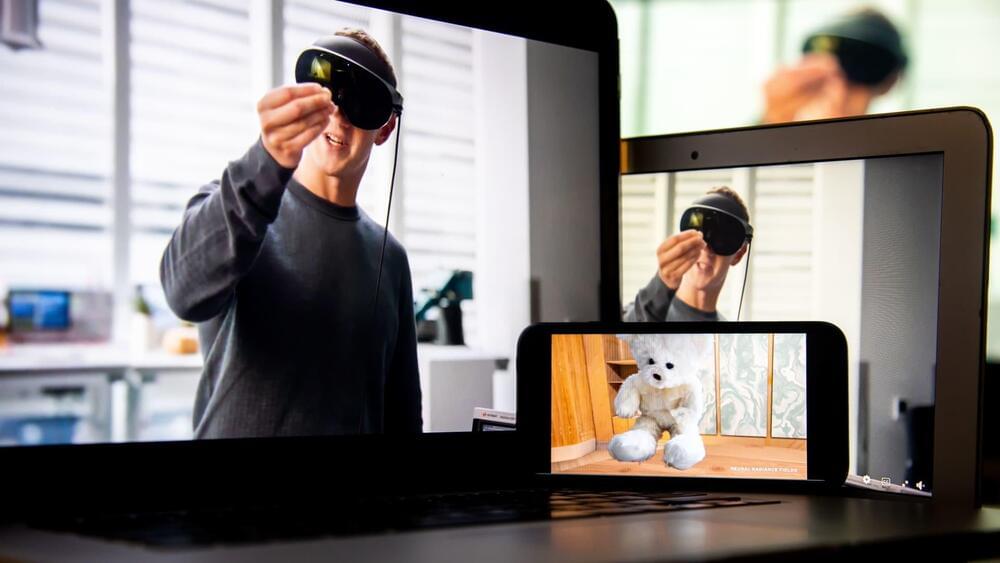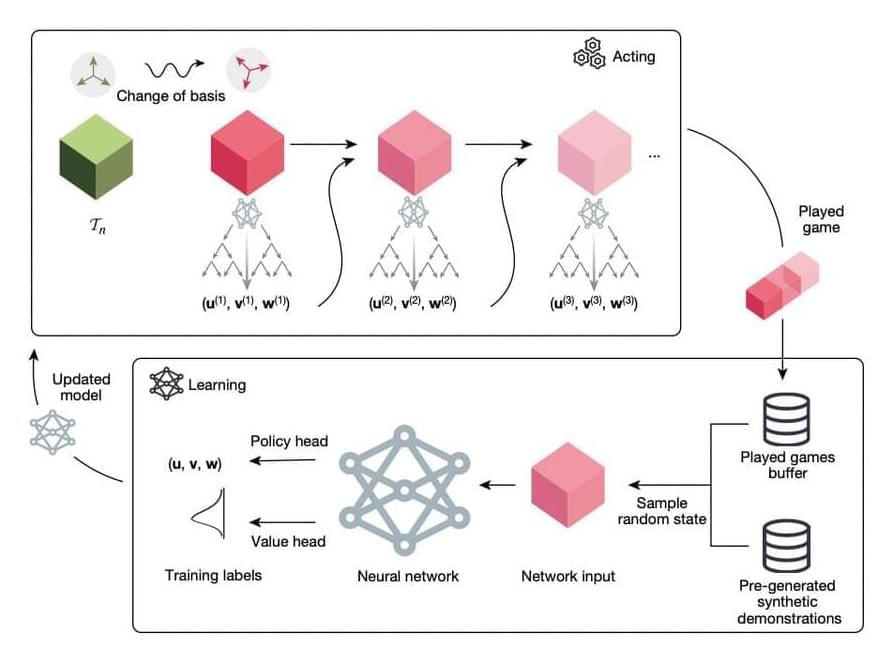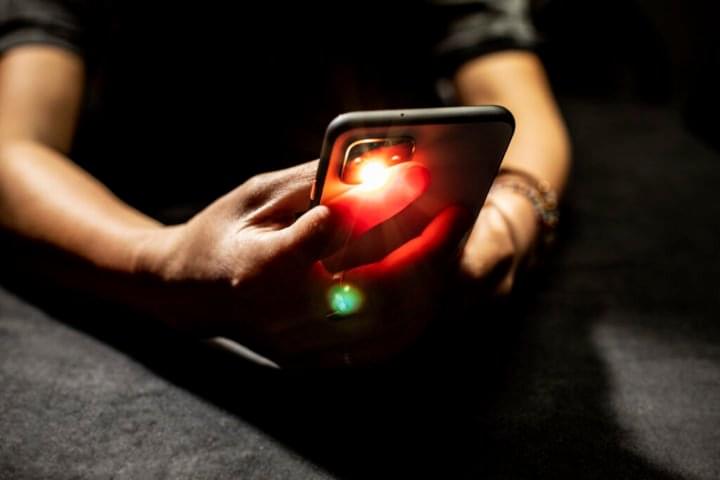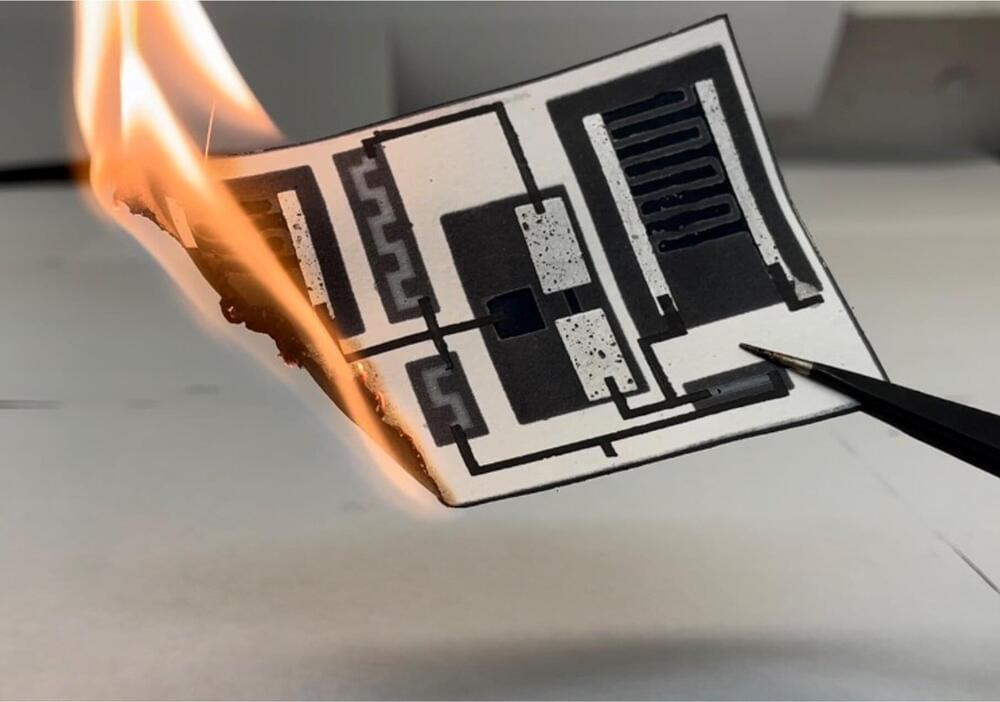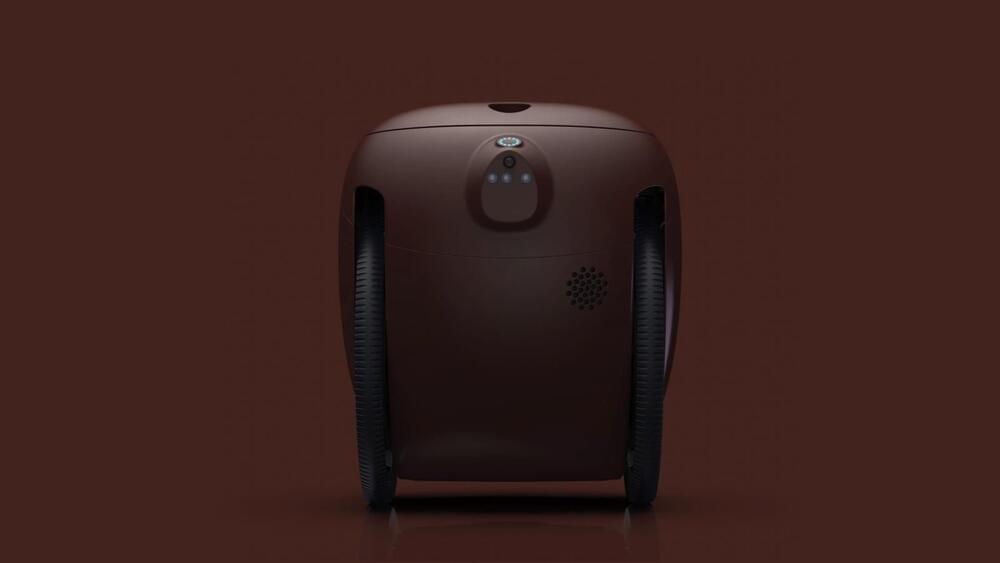In an interview published Tuesday with The Verge, Zuckerberg said VR, the technology he bet his entire $340 billion company on a year ago, is entering “the trough of disillusionment.” That’s a term folks in the tech industry like to use when excitement around a new technology drastically wanes.
His comments effectively place expectations for the success of the new Meta Quest Pro, which goes on sale Oct. 25, at next to zero. At the same time, Zuckerberg reiterated his belief that the metaverse will be the next iteration of computing after the smartphone — it’s just going to take a long time. Specifically, he told The Verge “it’s not going to be until later this decade” when metaverse gadgets like the Quest Pro will be “fully mature.”
But Meta isn’t selling headsets later this decade. It’s selling them now, and expecting technologists and software developers to invent compelling reasons to buy one.
